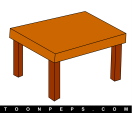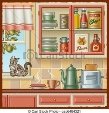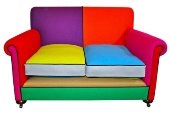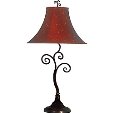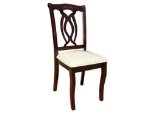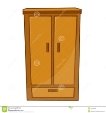Майстер-клас “Using communicative approach in learning grammar at the English lessons”
Master Class
Date: 17.12.2015
Author: Palivoda Tetiana Yaroslavivna, teacher of English
School: Secondary School in Ulianivka Village Mykolaiv district Mykolaiv region
Theme: “Using communicative approach in learning grammar at the English lessons”
Aim of realization: Contest “Teacher of the Year”
- Greeting.
Good afternoon! I am Palivoda Tetiana Yaroslavivna, an English teacher from Ulianivka School Mykolaiv region. The problem theme of my work is “Using communicative approach in learning grammar at the English lessons”.
In teaching foreign languages grammar is very important. The main task of teaching foreign languages is forming, improving and developing reading, writing, speaking and listening. No doubt, that It is impossible without learning a base – grammar. It`s a fact that the best way of understanding such a difficult and boring aspect of a language – grammar – is in communication, in the real and interesting for pupils situations.
For your attention there are some episodes of my teaching. SLIDE 1
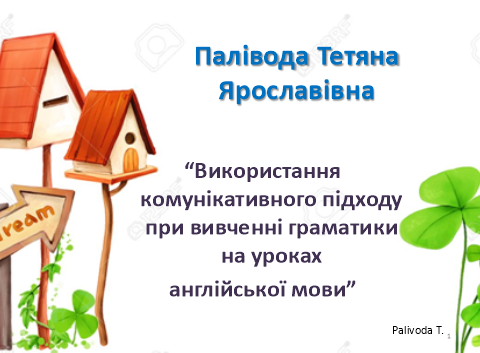
- Warming Up. (POSTER “MAN”)
I’d like to start our meeting with one very interesting method.
All of us are humans. We have many common traits but we are all different in some way. I’ve got a picture of a man. It will symbolize our communication. Look at him and tell me please what is missed here. You can take a pencil and draw.
We need eyes to see each other.
We need ears to hear.
We need mouth to talk.
We need nose to smell or to breathe.
We need hands to write or to take something.
We need brain to think.
And I’d like to add one more thing. It’s rather small but very important. It’s a heart. So I’d like our meting to start in warm atmosphere in which we could open our hearts to each other.
(Pupils draw the missed parts of the body. Teacher explains their necessity. At the finish Teacher sticks HEART.)
- Topic.
- I offer you to see this short video and guess what topic we are going to discuss. And don`t forget to repeat spelling of the words. (VIDEO)
- What is the topic? (Dwelling, House)
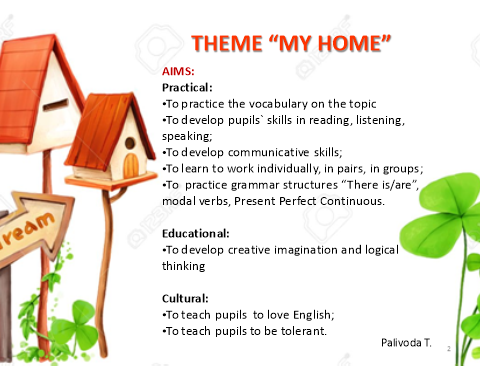
- Groups.
For our work you should cooperate in 3 groups: HOUSE, FLAT, and VILLA.
Choose the name of the group yourself. Draw the cards. (CARDS 1 “DWELLING”)
- Lexical material. Riddles.
- What do you need to have in your places for a comfortable life? (FURNITURE)
- Let`s play. Children like riddles. I give you cards (6 cards for every group) with riddles. (Cards 2 “RIDDLES”)
|
Riddles |
|
|
You can wash the kitchen wear in it. (a sink) |
You can watch it. (a TV-set) |
|
You can fold the clothes in it. (a wardrobe) |
You can sit on it and watch TV. (an arm-chair) |
|
You can put your shampoo and a toothbrush on it. (a bath shelf) |
You can keep the cups and plates in it. (a cupboard) |
|
You can wash in it. (a bathtub) |
You can keep an ice-cream in it. (a fridge) |
|
You can walk with your bare feet on it. (a carpet) |
You can switch it when it`s dark. (a lamp) |
|
You can keep the books on it. ( a bookshelf) |
You can lay on it in front of a TV-set. (a sofa) |
|
You can see yourself in it. (a mirror) |
You can put your hat on it. (a hat-stand) |
|
You can put it on the wall and enjoy watching it. (a picture) |
You can have dinner at it. (a table) |
|
You can sit on it at the table. (a chair) |
You can sleep on it. (a bed) |
- Guess what things you are reading about. Find the answers among the cards on the Teacher`s table. (CARDS 3 “FURNITURE”)
|
|
|
|
|
|
|
|
|
|
|
|
|
|
|
|
|
|
|
|
|
|
|
|
- Speaking in mini-dialogues. (SLIDE 3. There is/are)
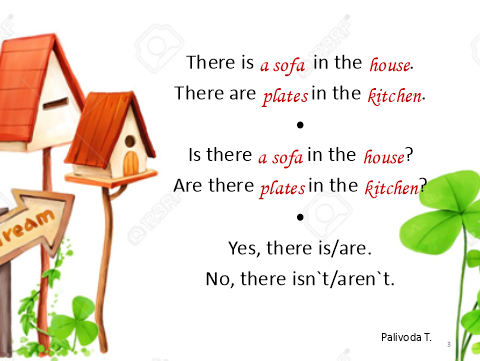
|
Teacher: |
Show it. |
|
- Project. Microphone. (PLANS + SLIDE 3)
Here are the plans of the houses. Imagine that you are designers. Place the furniture you have got into the rooms.
Describe the rooms in your houses using the construction “There is/ are”.
Example. There is a sink in the kitchen.
- Microphone. Solving the problems.
There are not some things in your house. You feel discomfort. Let`s discuss it. SLIDE 4
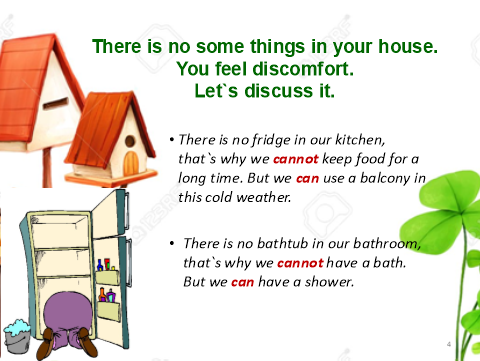
Read the example on the slide and talk about your places. Use modal verbs can/can`t.
- There is no fridge in our kitchen, that`s why we cannot keep food for a long time. But we can use a balcony in this cold weather.
- There is no bathtub in our bathroom, that`s why we cannot have a bath. But we can have a shower.
- Speaking. Situations. Modal verbs.
- I see that it`s not a problem for you. You can organise a comfort in any conditions.
- But life all the time faces us different situations. What will you do? Use the modal verbs. (SLIDE 5+6)
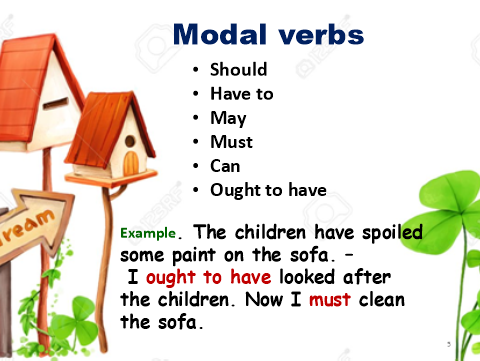

- Chant. (SLIDE 7)
- You can solve the house problems well and quickly.
- I suggest you to read an interesting chant. May be you will recognise yourself among these housewives. Let`s read it together.
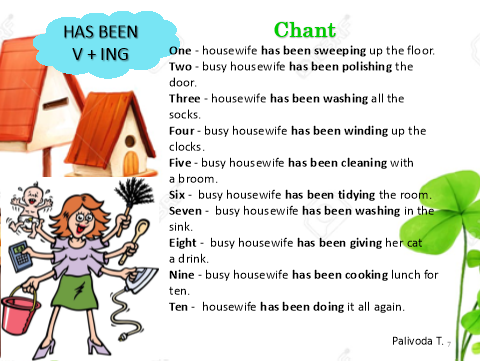
- Present Perfect Continuous.
If you want to talk about the activity that has been in progress before now use Present Perfect Continuous.
Can you share with your mates what you have been doing about the house for this week, for example?
- Summary. SLIDE 8
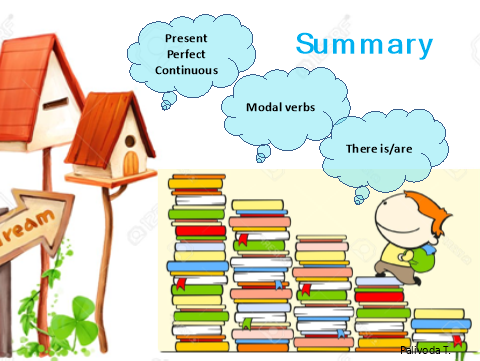
I tried to show you how easy and interesting it is to learn grammar in communication. We started with a simple material “There is/ are”, then continued with “Modal Verbs” and finished with a quite difficult material for children`s understanding - grammar tenses. And one of them - Present Perfect Continuous. But we coped with it. Thank you very much for your help.
- Самооцінювання. SLIDE 9
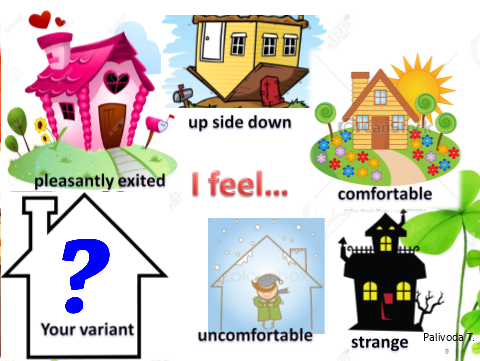
- Choose the house that can describe your mood after our lesson.
- Let love settle in your heart and it will never leave your home.
- Take these houses as a present and for good memory of this meeting. (Teacher hands out the pictures with houses.)

Шановні члени журі та конкурсанти, я сподіваюсь на те, що змогла продемонструвати Вам застосування елементів власного педагогічного досвіду та довести ефективність його використання на практиці.


про публікацію авторської розробки
Додати розробку

